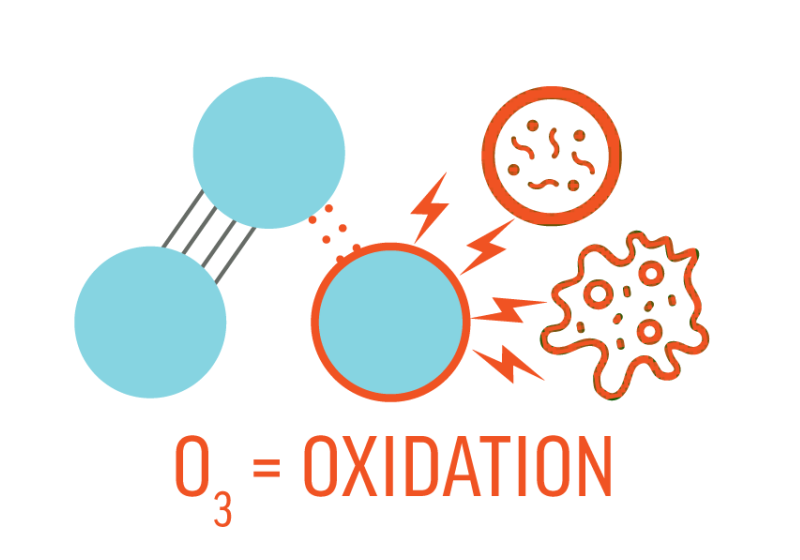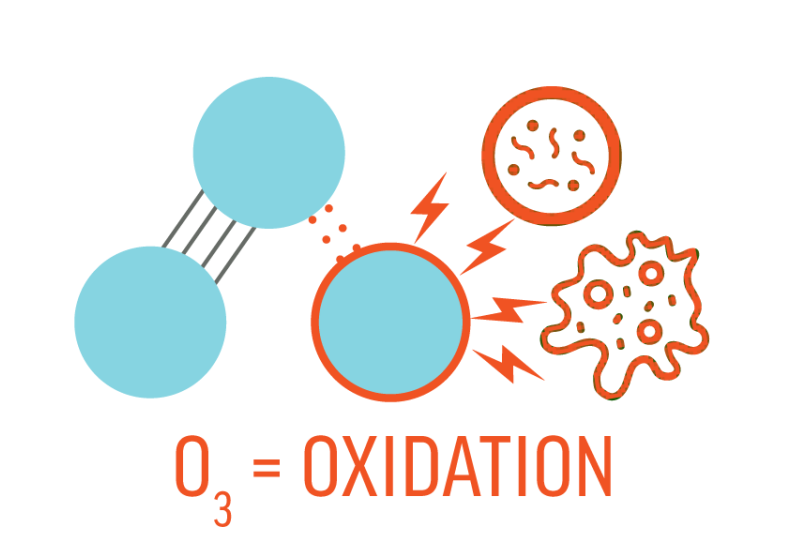Oxidation Method for Dye Production Wastewater
Dye production wastewater contains acids, bases, salts, halogens, hydrocarbons, amines, nitro compounds, dyes and their intermediates, as well as pyridine, cyanogen, phenol, benzidine, and heavy metals such as mercury, cadmium, and chromium.
These wastewater components are complex, toxic, and difficult to treat.
Chemical oxidation, biological methods, and reverse osmosis methods are mainly used to remove organic and toxic substances.
Oxidation Method
This method uses strong oxidation to destroy the organic matter in wastewater, thereby achieving the goal of more thorough decolorization, detoxification, deodorization, and deodorization. It is currently one of the main topics in the research of dye wastewater treatment.
The oxidation methods available include ozone oxidation, chlorination oxidation, radiation oxidation, photooxidation, electrolytic oxidation, wet air oxidation, combustion, and nitric acid air oxidation.
Ozone oxidation
Ozone can decolorize hydrophilic dyes (such as direct dyes, acid dyes, alkaline dyes, reactive dyes, etc.) quickly and effectively.
But the decolorization and treatment effect of hydrophobic dyes (such as vat dyes, Navyto dyes, oxidation dyes, sulfide dyes, disperse dyes, and coatings) is poor, and the dosage is large.
Using ozone to treat wastewater containing chromium dyes can instead generate hexavalent chromium ions, aggravating toxicity. It can be seen that using ozone to treat dye wastewater has certain selectivity.

Photooxidation
Photooxidation is a process that utilizes light and oxidants to jointly produce a strong oxidation action to oxidize and decompose pollutants in wastewater, which can basically remove COD and BOD in wastewater.
The commonly used oxidants for photooxidation include ozone, chlorine, hypochloric acid, air, hydrogen peroxide, etc.The light source is ultraviolet (but determine which specific wavelength is most effective for which dye).
This method has strong oxidation capacity, does not produce sludge, and is relatively compact in equipment, but consumes large amounts of electricity.
The treatment of dye production wastewater should be based on the characteristics of the wastewater and its discharge requirements. Appropriate treatment methods should be selected.
- Coagulation and filtration methods can be used to remove solid impurities and inorganic substances.
- Coagulation and adsorption can be used for decolorization.
- Ion exchange methods can be used for heavy metal removal.
Visit www.evuchina.com for more informations!
#QDEVU #WATERTREATMENT #WASTEWATERTREATMENT #SEWAGETREATMENT #SEWAGEWATERTREATMENT #WATERFILTER #WATERFILTRATION #SLUDGETREATMENT #SLUDGEDEWATERING




